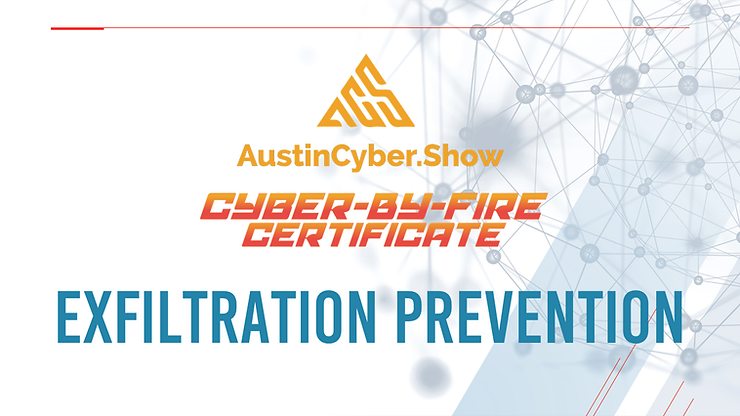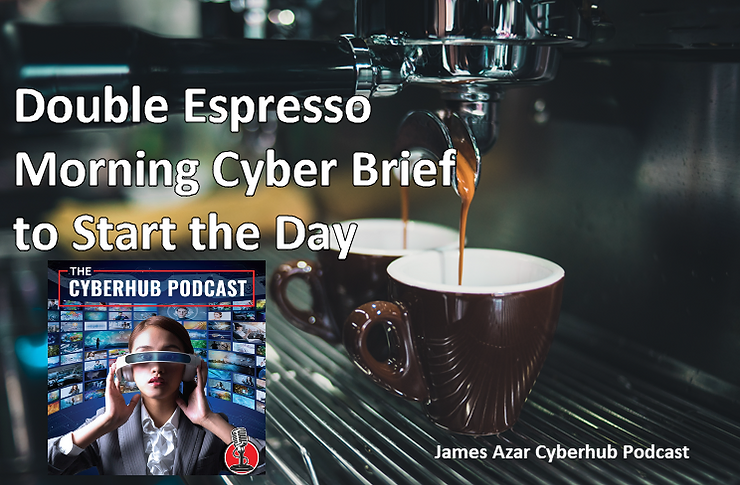Near 50 years ago Internet Protocol Pioneers imagined a network that would interconnect people around the world. Little by little the Internet Engineering Task Force IETF though working groups worked to build what we now call the Internet.
A new set of network protocols have been developed that improve device to device security and performance. It’s named QUIC. During these Certificate sessions the story will be told how TCP/IP literally replaced all company proprietary protocols from IBM, Xerox, Apple, Novell and Microsoft proprietary communications. TCP/IP replaced company protocols and now the new QUIC Protocol developed by the same IETF organization is replacing the TCP features with many improved benefits.
Three to ten or in some cases up to100 times faster applications result, in fact, enabling some applications to communicate globally for the first time – and it has only just begun.
Learn how it works, why it is faster and more secure for device to device communications, but offers larger organization networks some security challenges. Make no mistake device to device data is more secure, it’s just when used on large networks it may allow some security or denial of service problems on networks for firewalls, gateways and load balancers. Security firewall vendors have yet to fully support the new protocol quite yet.
But due to its compelling speed, server and online service providers have started using it, and due to its performance and rapid mobile session movement support it has become a compelling reason for adoption. Development options for Microsoft, Apple and Google devices has made QUIC the go-to solution for faster web servers and mobile applications.
From a weekend experiment in 2012 it become an IETF working group and QUIC was ratified as a standard IETF Transport Protocol Summer of 2021. In the words of a popular load balancer vendor, it seems “QUIC is eating the Internet”.
QUIC’s success is a good thing, but many enterprise networks don’t yet have it managed to mitigate some of QUIC’s network firewall issues, as most large firewall vendors, for now, recommend turning QUIC off by applying firewall deny filters. Despite these warnings, QUIC continues to gain adoption due to its compelling features.
That is why every Desktop, Server, Network, Application Developer and Security professional needs to understand how it works, why it is faster and how to manage its use more securely through improved monitoring, analysis and special settings to help mitigate some of the problems networks may face now that all Web Browsers, Servers and popular Social Media Apps on most all operating systems are QUIC enabled.
Collaborate and hear from protocol experts and Internet Protocol pioneers as they demonstrate live QUIC analysis benchmarks to help technology practitioners better understand and manage the evolution of QUIC.
Sessions will provide essential understanding and testing for the new QUIC Protocol Certificate is part of the offering both In-person and Online May 10-11 2022 on the beautiful Concordia University Campus in Northwest Austin. Group company and Professional Organization discounts are offered, with educational Scholarships available.
Attend QUIC Protocol May 10-11 2022 Register for Austin Cyber Show Zoom Events
Join US and Canada cyber community members at the inaugural Austin Cyber Show Conference at Concordia University Texas, May 10-11. During the two-day cyber defense conference, participants can engage in discussions with peer leaders and industry experts on the cyber risks and challenges that businesses, leaders, developers, educators, and students face each day. Attendees will walk away with new insight and leadership lessons learned to defend against ransomware, phishing, and data exfiltration attacks. Five Cyber-By-Fire Skill Certificates are available to earn at the event and via Zoom Events online for 30 days afterward. Certain Zoom Event features only work in US/CAN.



